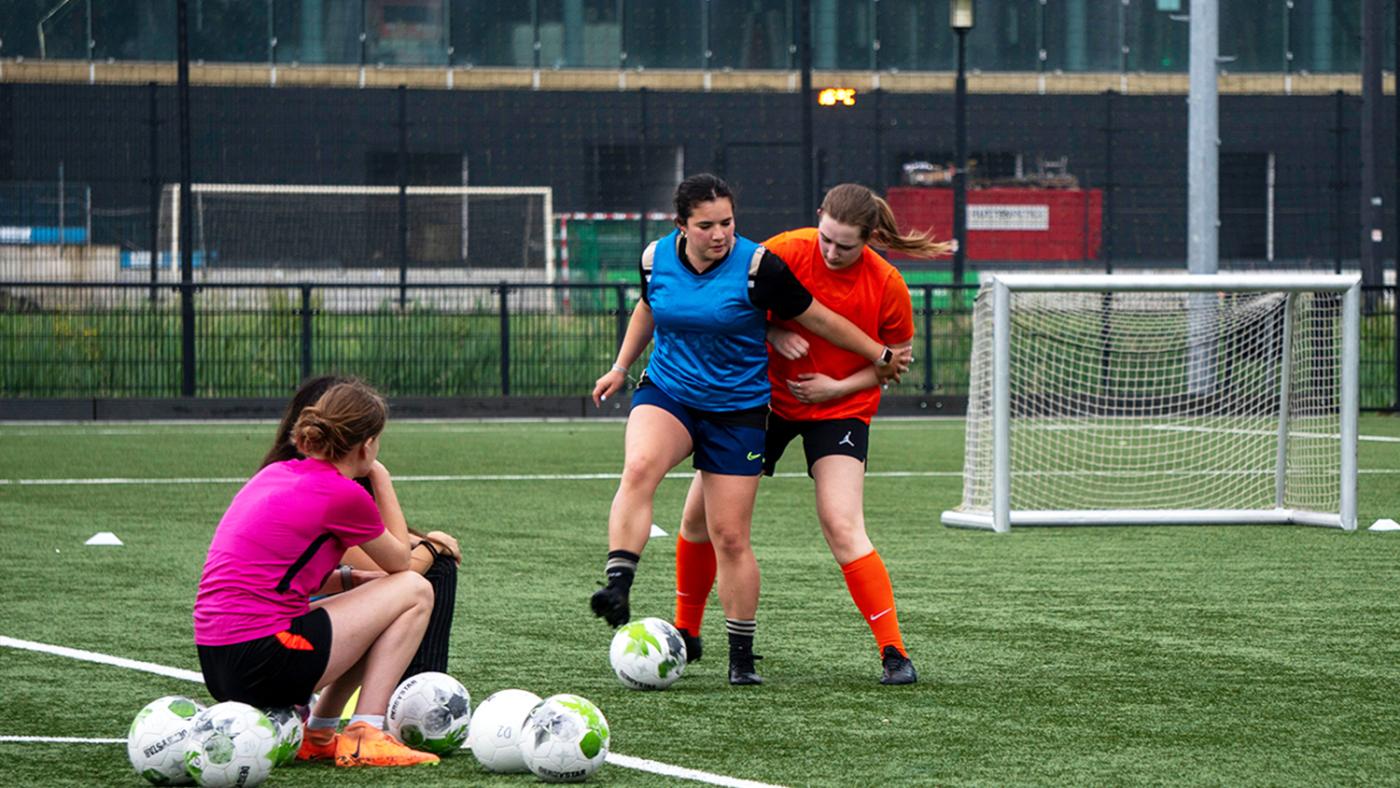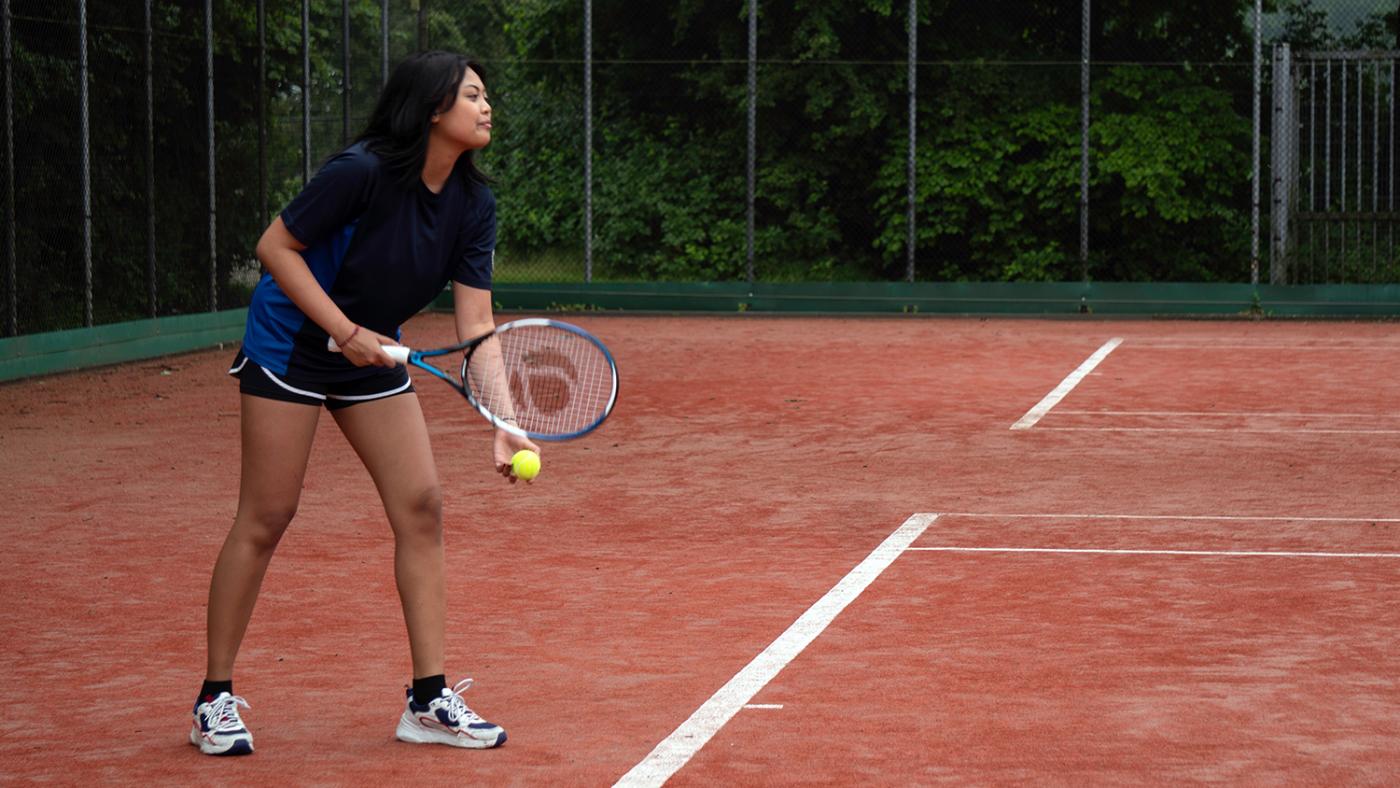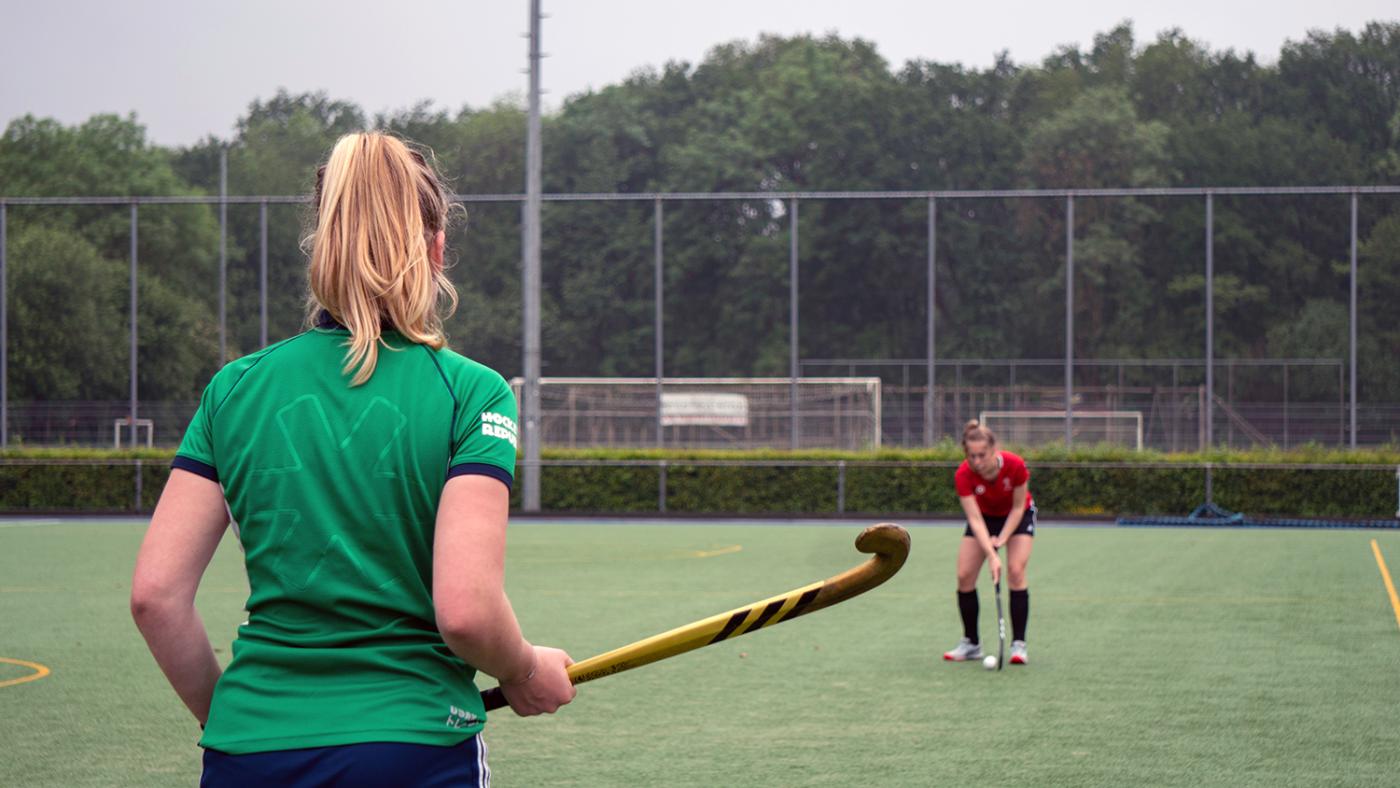Redistribution
What is the state of affairs concerning board grants for student associations?

Utrecht University (UU) and Utrecht University of Applied Sciences (HU) have devised a new system to distribute grants for students who join the board of student organisations. The system also revises the distribution of basic subsidies for said student organisations. The changes would come into effect from 2025-2026 onward. Basically, UU and HU propose to simplify the current method, which only considers the number of members each association has and whether the organisation has its own building.
This would have major financial consequences for several organisations. DUB has recently shown that some associations would have significant gains while others would lose more than 10,000 euros worth of grants and subsidies. Although HU agreed to the arrangement, the student section of the University Council had too many questions about the plan, which has been sent back to the drawing board.
DUB consulted UU students Ramon Ellenbroek and Lennart van Wageningen, from Student Affairs, who were both involved in devising the new distribution model, to ask for an explanation.
Why do student organisations receive money from Utrecht University?
The university attaches great importance to the existence of student organisations so that students can also develop themselves outside the university's walls and foster communities beyond their study programmes. UU recognises 150 social, cultural and sports organisations. That also includes 71 study associations related to UU's study programmes. Most of them receive financial backing from the university.
What does that support look like?
Board members of a recognised organization who study at UU or HU receive an allowance, also known as a board grant, as a recognition of their efforts. This grant varies in size and is expressed in months. One month is worth 425 euros and the maximum grant for one person is ten months.
Except for study associations, which also receive money from the faculties (using a separate method), organisations can also receive a basic subsidy to pay for activities, committees and materials. In addition, they can claim occasional subsidies to organise special events.
How much money is UU giving student organisations now?
At the moment, UU spends more than 1.1 million euros on board grants (including those of study associations) and 102,000 euros on basic subsidies (excluding study associations). UU and HU have determined that the budget for incidental subsidies is 10,000 euros. In addition, umbrella organisations such as Vidius receive 14,000 euros, which they can distribute among their organisations for special occasions.
How much money will UU spend on student-led organisations, excluding study associations, in the future?
The new model is a so-called open-ended scheme, says Lennart van Wageningen. Unlike what is done now, the amount will grow or shrink depending on the association's needs. "There will be more financial leeway, the new distribution model did not come about because of budget cuts.”
Based on the latest data provided by student organisations, the prognosis is that 677,875 euros will be required (excluding study associations). Basic subsidies will be reduced, however: 26,000 euros will be taken out of the budget. This money is still going to student organisations but will be transferred to the incidental subsidy budget to which all organisations are entitled.

Students playing football at Olympos. Photo: Tara Neary
Why is a new distribution model necessary?
The grants are redistributed every three years, which generates a lot of administrative work as the organisations have to provide all kinds of data. As a result, student organisations find the distribution of board grants complex and the final allocation non-transparent.
In the current system, organisations are divided into nine clusters. Each cluster receives a set number of board grants. The organisations grouped in a given cluster must compete with each other for the grants, so if a new organisation is added to the cluster, there will be more competitors for the same number of grants. In addition, organisations can ‘score’ according to certain criteria, such as the number of activities they organise. The higher it scores, the more grants it can get. However, it's hard to compare the different organisations within a single cluster.
According to the organisations, there are “unfair” differences between clusters. For example, a relatively large amount of money goes to social clubs, while sports clubs with just as many members get a lot less funding. Ramon Ellenbroek: “If you look purely at the number of members and the number of board grants that student organisations receive, certain organizations with five times as many members receive four times fewer board grants than others. Those differences were impossible to explain.”
That's why the organisations themselves asked for a fairer and more transparent distribution model. The most up-to-date data will have to be passed on to the institutions as soon as possible.
What does that new model look like?
In the new model, only two criteria are considered for the distribution of board grants and the basic subsidy: the number of members and whether or not an organisation has its own premises.
UU distributes the board grants among student board members. So, the more members, the more board grants. Each grant consists of a certain number of months up to a maximum of 10.
The basic subsidy also depends on the number of members. The larger the organisation, the more money it gets. This subsidy gradually increases to the maximum amount of 3,500 euros for associations with up to 600 members, but associations with more than 600 members will no longer receive a basic subsidy.
All organisations can still claim incidental subsidies.

Student playing tennis at Olympos. Photo: Tara Neary
What is the advantage of the new distribution model?
It’s objective and straightforward because no distinction is made between organisations anymore, say Ellenbroek and Van Wageningen. As a result, student organisations know where they stand. They can already estimate the amount of money they will receive based on the number of members they have. The new model is also less labour-intensive.
Ellenbroek: “All student board members are very appreciated. That won’t change. However, student organisations that reach a larger portion of the student population help the university in its desire to encourage a vibrant student life, while associations with fewer members play a smaller role. That is why the number of board grants is linked to the number of members.”
How did this model come about?
Ramon Ellenbroek: “From conversations with focus groups, associations, interest groups and the University Council. We also looked into how other universities support their student organisations.” However, not all of the students’ wishes have been taken into account in the new model, Van Wageningen says. “Sometimes the wishes of certain associations were very different. We had to make choices.”
What is the downside?
According to the student organisations, the new model remains simplistic as it doesn't do justice to the diverse student landscape. For example, social associations have a completely different character and tend to organise different types of activities, as well as a larger variety of them, compared to sports clubs or international associations.
The student organisations also argue that the distribution of grants does not take the workload into account. Some student board members have to work harder than others, so the number of members is not a good reflection of the amount of work that student board members have. Smaller social associations may organize events more than large sports clubs, for example.
Therefore, the new model considers the reach (the number of members) and not the number of activities organised by the clubs.
What do Ellenbroek and Van Wageningen have to say about this?
According to the duo, every board member is equally valuable and, logically, a board member who receives a ten-month grant can do more than another who only receives the grant for one month only. The question is: when organisations organise events, how many people do they reach? Objectively speaking, that's the number of members in the club.
Ellenbroek: “We asked ourselves what board grants are actually about. Is it about board members' workload or what the organisation would like to do? A student board member who receives ten months worth of board grants will organise all kinds of things, which implies a higher workload, but is everything they organise necessary? Is this what members want? It doesn’t have to be that way.”
He says that the proportions are skewed at the moment. “An association with a hundred members and six board members getting ten months worth of board grants each has the opportunity to organise a lot of activities, while an association with eight hundred members and a total of only five board months cannot do that. We should also offer larger associations the opportunity to hold more activities, and the new model allows that."
The number of members is also a reflection of what students value at a certain point in time, says the duo. Organisations that used to be popular years ago may lose members today because current students are more attracted to other types of organisations.
What about the organisations that have no members?
A third of student organisations in Utrecht have no members because they are foundations or umbrella organisations. That complicates things. The new policy does not provide more transparency and clarity in their case. These organisations now have to substantiate how many grants they are entitled to by reporting how many people they reach with their activities.
Van Wageningen thinks that the new model does not generate “more uncertainty” than the old one. “The system is not clear at all right now. For organisations without members, things will always be a little less clear than for associations that do have members.”

Hockey at Olympos. Photo:Tara Neary
Which student organisations with members will benefit from the new regulation?
56 of the 73 organizations will keep the same number of board grants or receive additional board grants. Sports clubs, which have a relatively large number of members and had access to very little money in the past, will be particularly benefitted. A total of 38 organisations will benefit, of which six will receive at least twenty months of additional board grants. USC, for example, will receive 10,625 euros more than they do now. Several sports clubs will benefit considerably, such as the rowing club Triton (8,500 euros), the tennis club De Uithof (15,725 euros), the hockey club USHC (14,450 euros), the football club Odysseus and the volleyball club Van Slag (both 9,350 euros).
The vast majority of the student organisations (27) that will benefit will receive between 1 and 10 months more. Five will get between 10 and 20 board months.
Which organisations will be harmed by the new regulation?
Social associations are losing out, but other associations will also be affected, including the Student Association for International Relations, SIB. Under the new system, SIB will lose a total of 25,000 euros in basic grants and board grants. This is due to the number of members. SIB now "scores" in terms of internationalisation and inclusivity, which means that they get more money.
Other associations receive less funds because they lose part or all of their basic subsidy. Organisations with more than 500 members will no longer receive a basic subsidy. The idea is that the organisation has sufficient income from the membership fees.
All social associations will receive fewer board grants, except UVSV and USC, who will get more. How is that possible?
Van Wageningen: “In 2018, UVSV and USC received fewer board grants because they did not meet the requirement at the time that 80 per cent of the members had to be an HU or UU student. That 80 per cent requirement came up for discussion, was lowered, and has now been dropped. That is why they will receive more grants under the new criteria.”
Isn’t it unfair that some associations are losing money?
It may seem unreasonable that some associations’ budgets will be reduced so dramatically, but the old system was much more unfair, Ellenbroek and Van Wageningen say. Van Wageningen: “It’s a bit of a platitude, but you can’t have a perfect system in which everyone benefits. You have to make do with the resources that are available. It’s quite a lot of money, which means we can offer a nice grant to many student organizations. As a result of the change, some associations will benefit and others will lose out. Those big shifts may feel unfair now, but we’re trying to rectify the situation.”
The fact that an association like SIB has to make do with much less money because they can’t score on internationalization and diversity as they do now is very annoying, but they are no longer the only ones to offer these, says Van Wageningen. Over the years, students’ insights and priorities also change, and this is also reflected in the number of members.
The two understand that the new distribution model will have a major impact on organizations and that the UU is willing to look at how the transition to a new system can go as smoothly as possible so that organizations can find a way to cope. The proposal also provides for a transitional period to allow associations time to adapt to the new financial situation. Support can also be obtained on an individual basis if organizations run into financial difficulties because of the new system.
When will the University Council meet to discuss the revised new distribution model?
Voting will take place on Monday June 3rd. The adjustments made by the council will ben known previously to the meeting of the council.